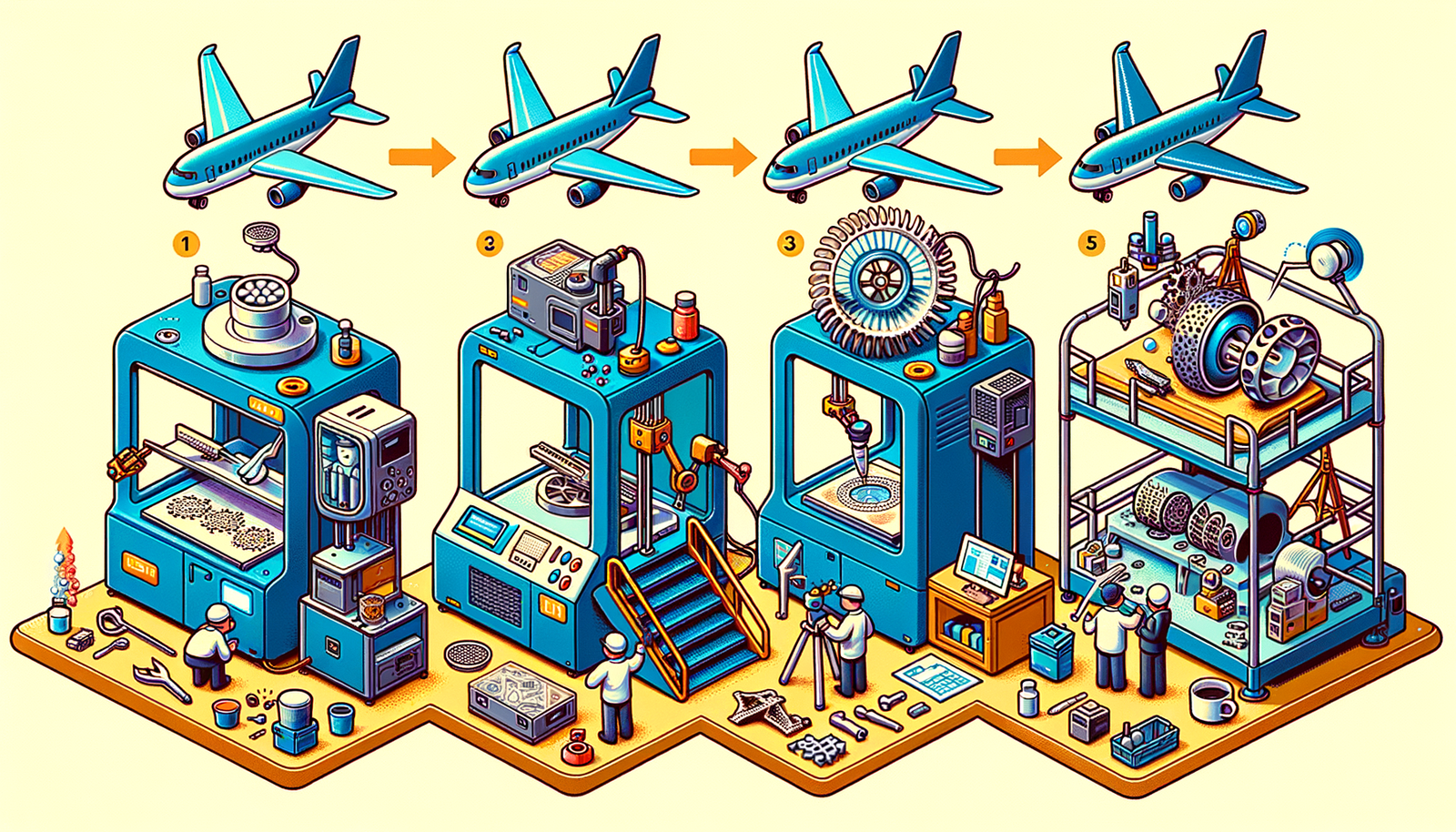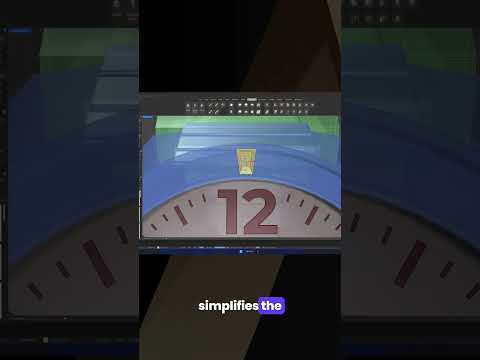Your Cart is Empty
Customer Testimonials
-
"Great customer service. The folks at Novedge were super helpful in navigating a somewhat complicated order including software upgrades and serial numbers in various stages of inactivity. They were friendly and helpful throughout the process.."
Ruben Ruckmark
"Quick & very helpful. We have been using Novedge for years and are very happy with their quick service when we need to make a purchase and excellent support resolving any issues."
Will Woodson
"Scott is the best. He reminds me about subscriptions dates, guides me in the correct direction for updates. He always responds promptly to me. He is literally the reason I continue to work with Novedge and will do so in the future."
Edward Mchugh
"Calvin Lok is “the man”. After my purchase of Sketchup 2021, he called me and provided step-by-step instructions to ease me through difficulties I was having with the setup of my new software."
Mike Borzage
V-Ray Tip: Enhancing Architectural Renders with Realistic Aging Using V-Ray Weathering Techniques
July 20, 2024 2 min read

When it comes to adding realism to your architectural renders, simulating the natural wear and tear of materials can make all the difference. Here are some tips for creating realistic aging effects using V-Ray Weathering:
- Start with High-Quality Textures: The foundation of realistic aging is in the detail of your textures. Choose high-resolution textures that offer plenty of variety and details to work with.
- Use V-Ray Dirt: The V-Ray Dirt material can simulate the accumulation of dirt and grime in the crevices of your object. It's perfect for adding that aged look around edges and in corners where dirt naturally collects.
- Layer Materials: Create complexity by layering materials. Use a blend material to mix between a clean base layer and a weathered top layer. This simulates how materials change over time in real life.
- Add Variation: Use V-Ray's Multi-Texture map to add variation to your materials. This prevents the repetitive patterns that can quickly destroy the illusion of realism.
- Consider the Environment: The environment where your object is located will affect how it ages. Materials in a desert scene will weather differently from those in a forest. Tailor the weathering effects to match the setting.
- Focus on Edges: Edges are typically the first to show signs of wear. Use V-Ray's edge wear techniques to simulate paint chips, scratches, and general wear on edges.
- Simulate Rust: For metal objects, rust is a common aging effect. Use a combination of rust-colored textures and V-Ray's blend material to show areas where the metal has oxidized.
- Utilize Displacement Maps: For more advanced aging, use displacement maps to simulate the physical changes of surfaces over time, like cracks or erosion.
- Experiment with Stains: Water stains and streaks can add years to a structure. Experiment with V-Ray's procedural maps to create these effects.
- Combine Weathering Techniques: Real-world materials show various types of wear, so combine different methods for the best results. Mix dirt build-up with paint wear, and rust for metal materials, for example.
Remember, the key to achieving believable weathering effects is subtlety and variation. Every material and surface ages differently, and it's often the small imperfections that contribute the most to the overall realism of a scene.
For more information on V-Ray and to discover a trove of resources, make sure to visit NOVEDGE.
You can find all the V-Ray products on the NOVEDGE web site at this page.
Also in Design News

Design Software History: The Evolution of 3D Printing in Aerospace: From Prototyping to Production
November 27, 2024 7 min read
Read More
Cinema 4D Tip: Optimizing Workflow with Team Render in Cinema 4D
November 27, 2024 2 min read
Read MoreSubscribe
Sign up to get the latest on sales, new releases and more …



